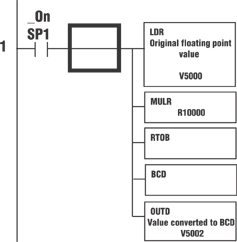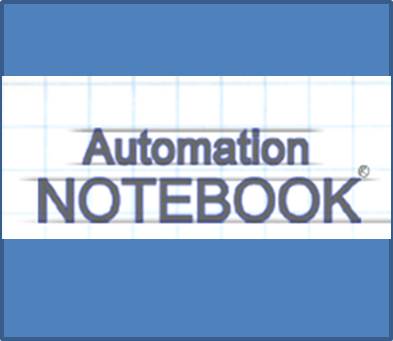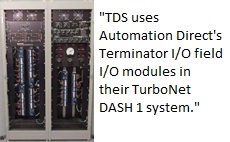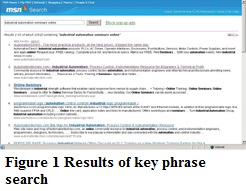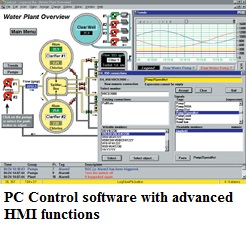In each issue of the Automation Notebook we feature a section of brainteasers. These are the brainteaser answers from Issue 1, 2004 of the Automation Notebook. The brainteaser questions are repeated in black. The answers to the brainteaser questions are highlighted in red with explanations. You can view the brainteasers from Issue 1, 2004 without the answers here: http://library.automationdirect.com/brainteasers-issue-1-2004…
8 Years Later When a memo was delivered into my “in-box” requesting office humor for the premiere edition of Automation Notebook, numerous events immediately entered my mind. I thought about an unsuspecting team member’s SUV that was filled with three lawn size garbage bags of paper confetti as retribution for a recent prank he had…
I think we’ve all been confronted with a challenging application at one time or another. In this particular instance, I was contacted by a customer asking for help with an application using a floating-point number that needed four decimal places. Even though the fourth decimal place was not being used, it had to have a…
+Tech TopicsAutomation NotebookIssue 1 – 2004Learning ResourcesNotebook IssueProductProgrammable ControlTechnical Review
How to Connect 3-wire Sinking & Sourcing Devices to PLC Input Modules
When connecting a 3-wire field device to your PLC system, it is important to have a solid understanding of sinking (NPN) and sourcing (PNP) concepts. Sinking and Sourcing First, sinking and sourcing are only associated with DC circuits. DC circuits can conduct current in one direction only. This means that it is possible to connect…
+Tech TopicsAutomation NotebookIssue 1 – 2004Learning ResourcesNotebook IssueProductProgrammable ControlTech Thread
Jumping on the "stage" wagon
The Technical Support Team at AutomationDirect receives a large number of calls on RLL Plus (Relay Ladder Logic Plus) programming, also known as “Stage” programming. Most of the callers want to understand how and when it should be used. The short answer to the “when” question is that it depends on the process that is…
ApplicationApplication StoriesAutomation NotebookEnergy/UtilitiesIndustryIssue 1 – 2004Learning ResourcesMachine ControlNotebook IssuePLCProductProgrammable ControlUser Solutions
Turbine Generator Application Uses Terminator I/O
Turbine Diagnostic Services (TDS) is a power generation field service company that provides industrial, utility, independent power producers, and municipality power generation systems for turbine generator applications. The company’s TurboNet DASH 1® Control System is a complete DCS-structured turbine generator control system, developed to meet the needs of customers looking for a stable, “crash-free” system…
From Conference Board.org The Institute for Supply Management publishes a monthly survey of purchasing and supply managers regarding the activity in the manufacturing sector. According to their index, the manufacturing sector was recovering through March and this survey is likely to show more of the same results for April and May. “With both investment growth…
We have added several exciting products since our last edition of the Automation Notebook. Here are some highlights about some of those new products including: A new line of wire duct and associated accessories, and Two series of Cirronet Inc. wireless modems. AutomationDirect now Offers Wire Duct and Accessories Cumming, GA — April 15, 2004 — AutomationDirect® has added…
The economy of the past three years has caused many businesses to exercise tighter control on their expenditures in areas such as travel to trade shows and expenses for training seminars or conferences. This comes at a time when it is more critical than ever for engineering and plant personnel to stay abreast of new…
+Tech TopicsAutomation NotebookCommunicationsIssue 1 – 2004Learning ResourcesNotebook IssueProductProgrammable ControlTechnology Brief
HMIs and PC Control: Upwardly Mobile With Upscale Connections
Remember when you had to be an artist to design HMI faceplates that resembled your process? Remember configuring your HMI software by filling in cryptic addresses and values, something resembling the Microsoft® Windows™ registry? Remember when your HMI was a dedicated system that only connected to a single process? Or when it was cool to…




